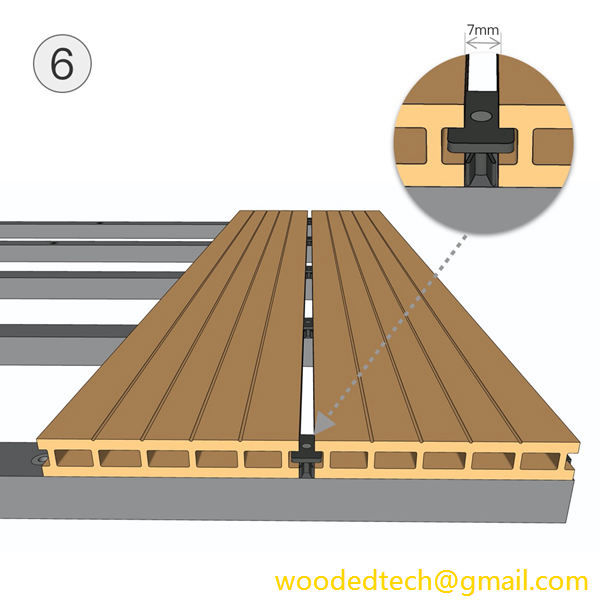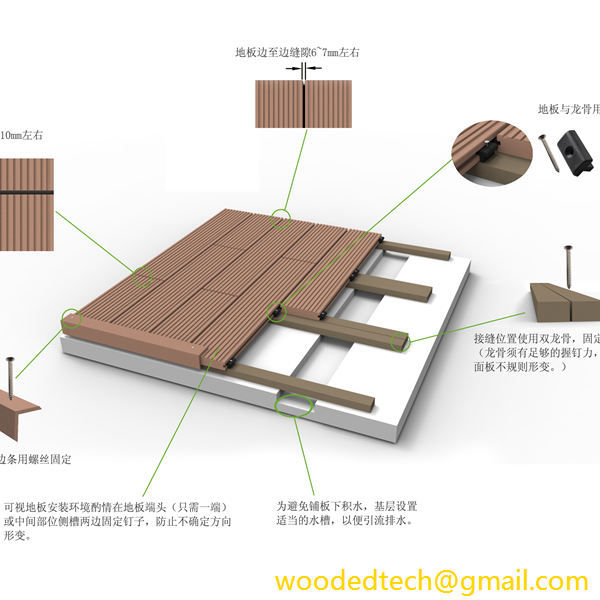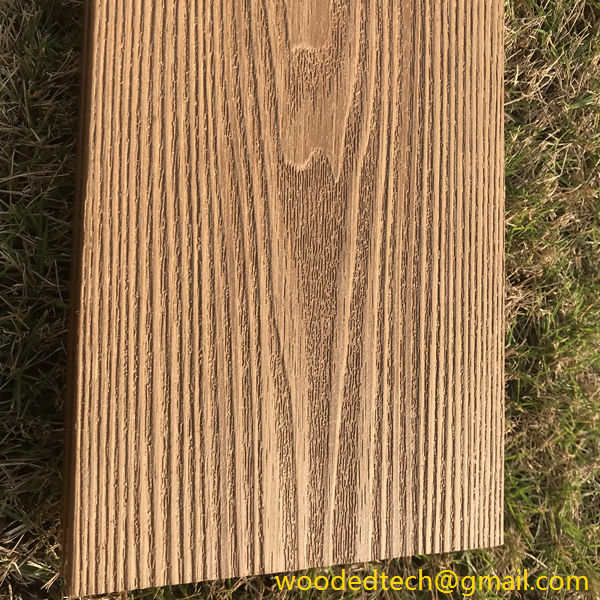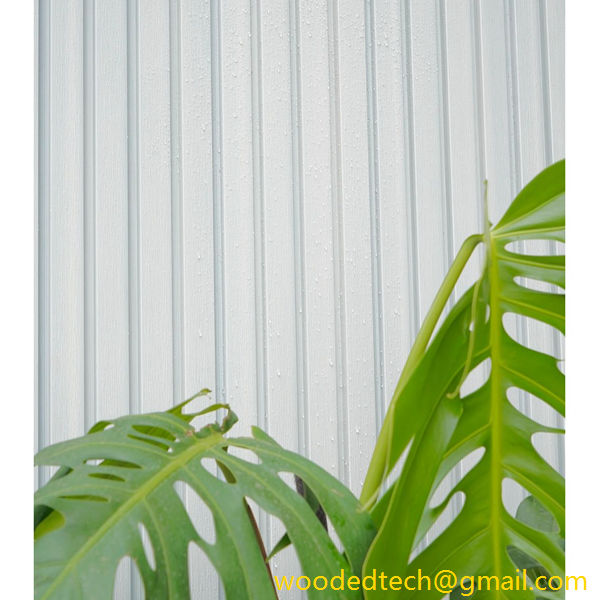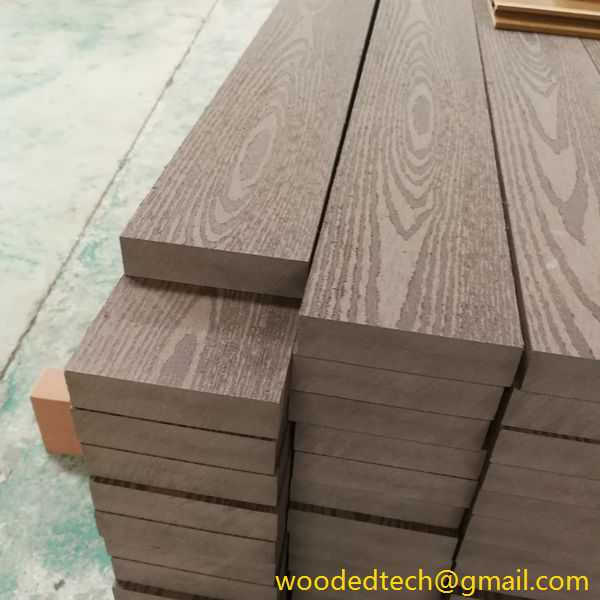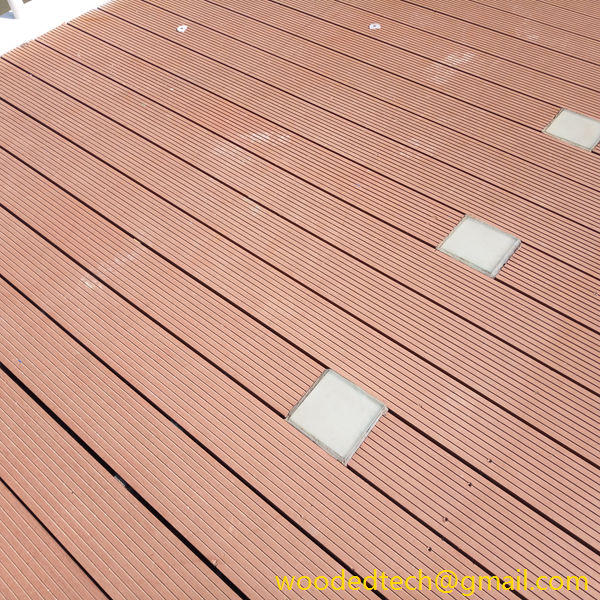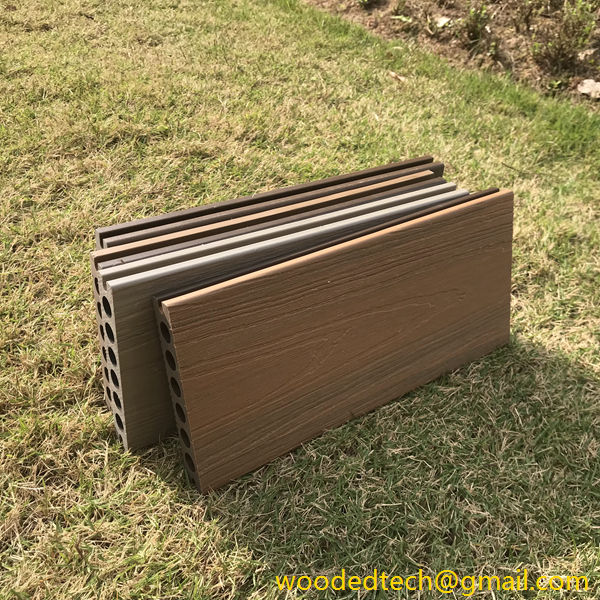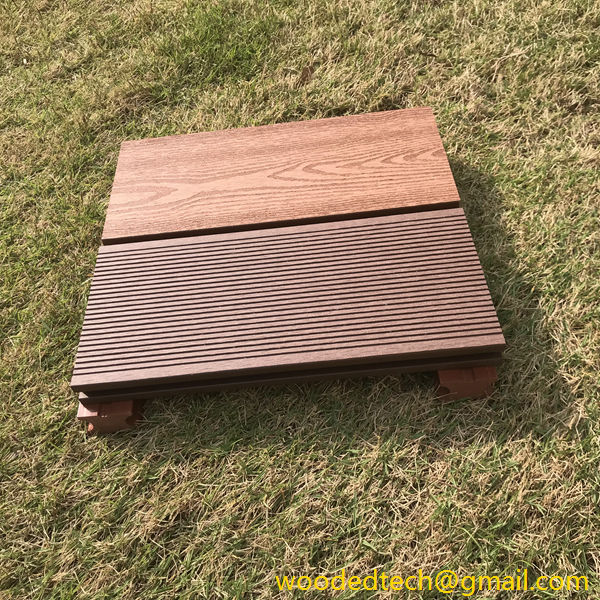Joining Composite Decking Boards for a Flawless Finish
Joining Composite Decking Boards for a Flawless Finish Joining composite decking boards is an essential aspect of creating a flawless finish for your outdoor space. Composite decking has gained immense popularity due to its durability, low maintenance, and aesthetic appeal. It mimics the look of natural wood while providing the advantages of resistance to rot,…
Joining Composite Decking Boards for a Flawless Finish
Joining composite decking boards is an essential aspect of creating a flawless finish for your outdoor space. Composite decking has gained immense popularity due to its durability, low maintenance, and aesthetic appeal. It mimics the look of natural wood while providing the advantages of resistance to rot, mold, and insect damage. However, to achieve a seamless and visually pleasing deck, careful attention must be paid to how these boards are joined together.
Before we delve into the techniques for joining composite decking boards, it is important to understand the types of composite materials available. Composite decking is typically made from a blend of wood fibers and plastic, which can vary significantly in composition. This variety allows for a range of colors, textures, and finishes, enabling homeowners to choose a style that complements their home and landscape. Some brands even offer customizable options, allowing you to select specific colors or finishes that suit your taste and preferences.
When it comes to joining composite decking boards, there are several methods to consider. Each method has its pros and cons, and the choice largely depends on the specific decking product being used, the desired aesthetic, and the level of skill of the installer.
One of the most popular methods is the use of hidden fasteners. These fasteners are designed to be installed in a way that keeps them out of sight, resulting in a clean and polished appearance. Most hidden fastener systems work by attaching clips to the sides of the boards, which then secure them to the joists below. This method not only enhances the visual appeal of the deck but also reduces the risk of splinters and provides a smoother surface.
Another method is face screwing. This involves drilling screws directly through the surface of the decking boards into the underlying joists. While this method is straightforward and provides a strong connection, it can result in visible screw holes that may detract from the overall look of the deck. To mitigate this, it is advisable to use color-matched screws that blend with the decking material. Additionally, countersinking the screws can help create a more finished appearance.
For those looking for a more advanced technique, biscuit joining is an option worth considering. This method involves cutting slots into the edges of the boards and inserting small, oval-shaped wood biscuits. When glue is applied, the biscuits expand and create a strong joint. Biscuit joining can be more labor-intensive but offers an extremely clean look, as the joints are nearly invisible once the boards are assembled.
In addition to choosing a joining method, it is crucial to pay attention to the spacing between boards. Proper spacing helps accommodate any expansion and contraction that may occur with changes in temperature and humidity. Most manufacturers provide guidelines on the recommended spacing for their products, typically around one-eighth to one-quarter of an inch. Maintaining this spacing not only ensures the longevity of the deck but also contributes to a uniform and polished appearance.
When planning your deck layout, consider the orientation of the boards. Installing boards perpendicular to the joists can provide a strong and stable surface, while running them parallel can create a more visually expansive look. Additionally, staggering the seams where two boards join can enhance structural integrity and create a more cohesive appearance. This technique helps prevent weak spots and adds visual interest.
Furthermore, incorporating edge treatments can elevate the overall aesthetic of the deck. Many composite decking products come with a grooved edge, which allows for easy installation of hidden fasteners. However, if you prefer a more traditional look, you can opt for square-edged boards and use face screws. Additionally, installing fascia boards around the perimeter of the deck can create a finished look and conceal any visible edges of the composite material.
Another key consideration is the use of color and texture. With the wide range of customizable materials available today, homeowners can select from various colors, patterns, and textures. When joining boards, ensuring a consistent color and grain pattern can contribute to a seamless appearance. This is particularly important if you are using composite decking with a natural wood appearance, as mismatched colors can be quite noticeable.
Finally, it is essential to follow the manufacturer’s instructions for installation and joining methods. Each composite decking product may have specific requirements that should be adhered to in order to maintain warranties and ensure optimal performance. Additionally, investing in quality tools designed for composite materials can make the process smoother and more efficient.
In conclusion, joining composite decking boards requires careful planning and execution to achieve a flawless finish. By considering the various methods available, maintaining proper spacing, and paying attention to aesthetic details, you can create a beautiful and durable outdoor space. With the right materials and techniques, your deck can serve as a stunning extension of your home, providing a welcoming environment for family and friends to enjoy for years to come.

